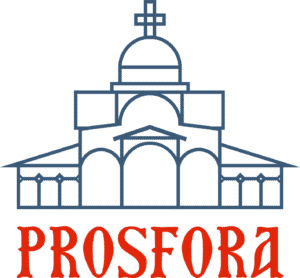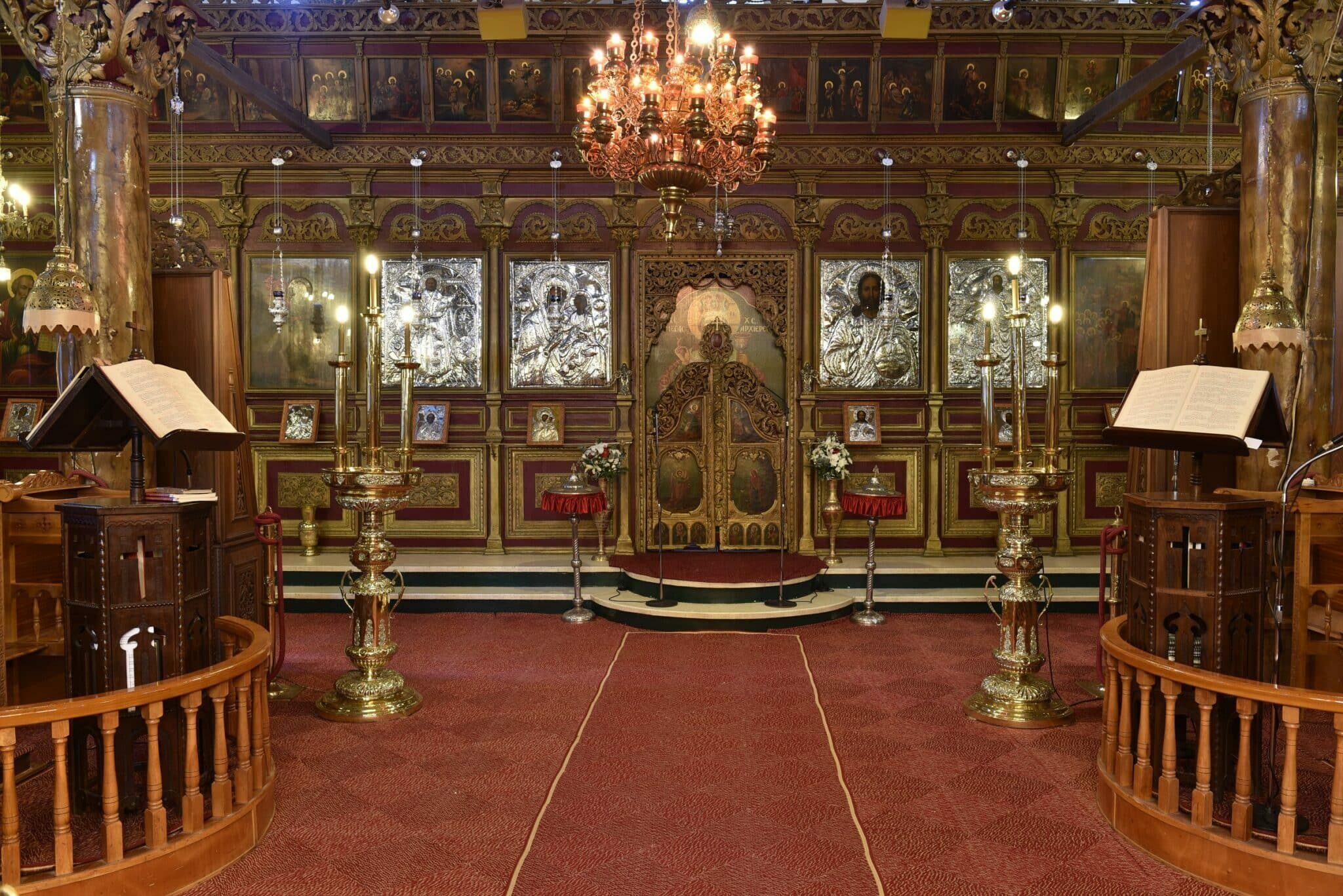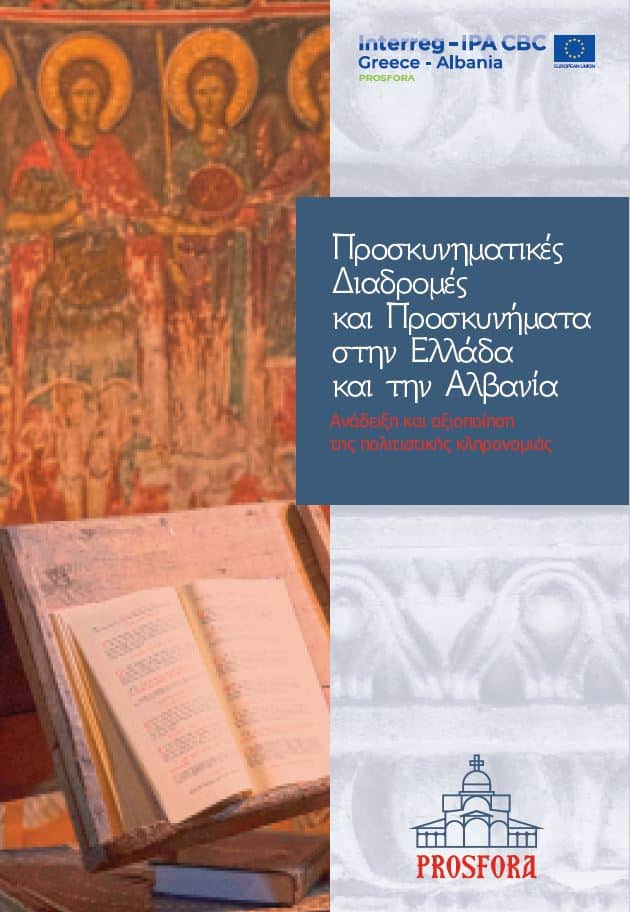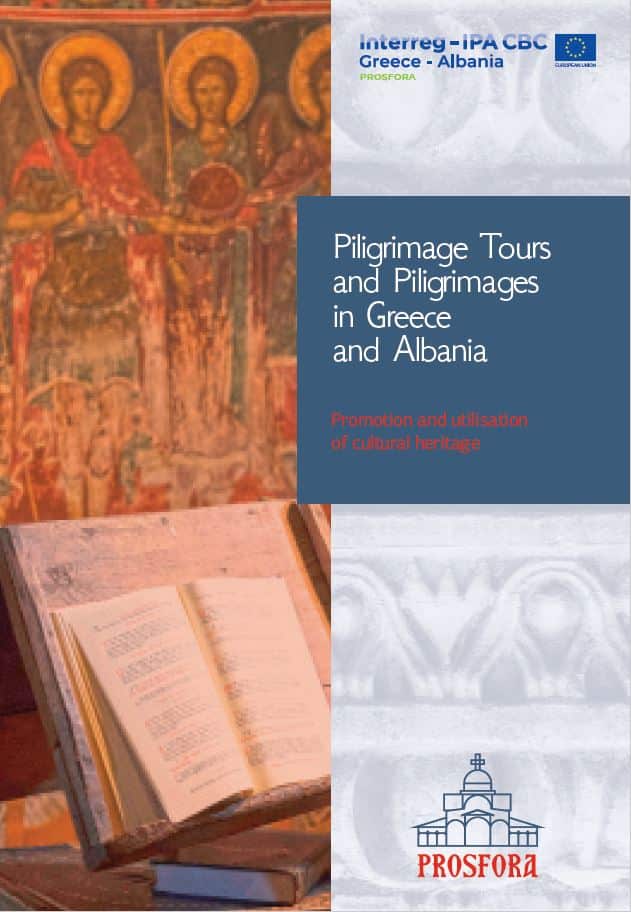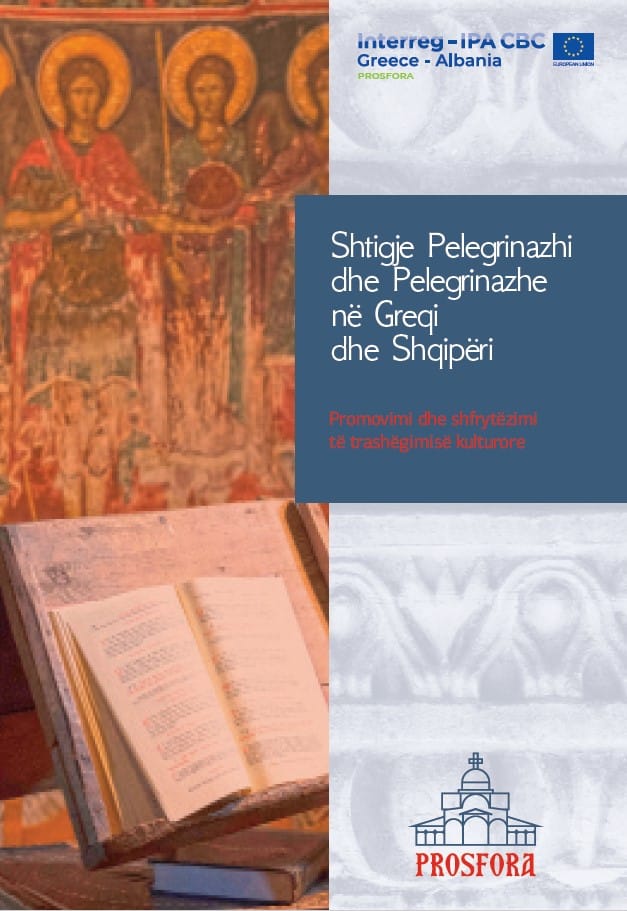Saint Nicholas holds a special place in the choirs of the saints of Christianity, who is ranked among the most popular saints and his memory is honored in East and West on December 6.
Agios Nikolaos was born in 270 in Patara, Lycia, to pious and wealthy parents and received a careful education. At a young age he was left an orphan and heir to a large fortune, which he distributed to the needy, orphans, the poor, widows and heads of families who were in trouble. Initially he followed the ascetic life, after, in fact, after his trip to Jerusalem and the Holy Land, but due to his special virtue, he was first honored with the office of priest and then with the office of Archbishop Myron. From this position he intensified and expanded his struggles for the protection of the poor and needy by establishing hospitals and other charities. Living during the period of persecution of Christians by the Romans and with his high Christian wisdom and courage he encouraged the persecuted Christians, while he himself, during the persecution of Diocletian, suffered torture. With the ascension to the imperial throne of Constantine the Great, all Christians were liberated and thus Saint Nicholas returned to the archbishopric throne. He took part in the First Ecumenical Council of Nicaea in 325, opposing the teachings of Areios that the Son is a building of God and strongly defending the genuine and unadulterated faith. It is said, in fact, that during the Synod he slapped Arios and for this reason Constantine the Great imprisoned him. When he returned from the Synod, he continued his pastoral work until the end of his life and slept in 343.
During the long period of his presidency, he became the foremost warm protector of the wronged and that is why he is honored with special love and respect throughout the Christian world. This universality of the Saint is reflected in the multitude of liturgical and religious works of art on the subject of his life, while the number of his representations in Orthodox painting in both murals and portable icons is analogous.
His iconography appears complete from the 12th-13th c. and in the great iconographic circles of the Saint, episodes from his life and miracles develop. In portable images he is usually depicted in adulthood, with gray hair and a round gray beard, frontal, full-length or half-body, enthroned, blessing with his right hand and holding a gospel in his left. Above the height of his shoulders, Christ and the Virgin Mary are depicted on a smaller scale to offer him the symbols of the priesthood, while in the surrounding wide frame are depicted scenes from his life and miracles. From the scenes of his life are told his Birth, the Saint who goes to school, his ordination, his Assumption, but also representations of his charity, such as the one that secretly financially supports the father of three daughters, but also representations of his struggle for the rule of law, like the story of the three generals. From his miracles, as a rule, the seafood is told, where he saves from rough seas, but also from the devil the ships and in one of them he brings back to life a dead sailor. They also depict what saves the Myra of Lycia from starvation, but also what crushes the idols in the temple of Artemis.
Agios Nikolaos was distinguished for his generosity and ability to intervene in a decisive and just way, while he was an exponent of the Christian, but also of the Greek ideal, since his democratic tactics and collectivity in his actions are the experience of the long-standing Greek , which was saved and strengthened by Christian teaching and practice. That is why Agios Nikolaos became so famous that he is revered throughout the Christian world and especially by the Orthodox, especially in Greece, where so many temples have been built in his honor. It is generally considered the protector of many activities, such as the sailors, the Navy and the Merchant Navy, the fishermen, the merchants, but also the unjustly accused, while it is quite popular since the Byzantine years.
It is remarkable and impressive the fact of existence in Epirus, and especially on the borders of the prefecture of Ioannina, a predominantly mountainous area and far from the sea, so many churches in memory of Agios Nikolaos, a saint who is mainly known as the protector of seafood. Only in the area of Zagori are numbered in 22 villages about 30 and more temples in his honor, while in the lakeside area of Ioannina and Lapsista, as well as in the Island there are more than 10 churches and monasteries, with the result that Agios Nikolaos is considered the Saint with most churches in the area. The large number of temples in Epirus dedicated to Saint Nicholas and the preference for him is not only related to his prominent position in Orthodoxy, but also to his importance as a protector of travelers and therefore of trade. Already from the end of the 15th c. Merchants from Giannio are located in Venice, while at the beginning of the 16th c. expand their trade to the coast of Italy. The second half of the 17th c. There is a migratory flow mainly from the Zagorians to Wallachia and the Danube Hegemony, while the 18th c. is the century of mass migration of Epirotes to many European regions, in Livorno, Trieste, Venice, the coasts of France, Moldavia, Hungary, Russia, Romania and the wider Balkan region, but also later in Egypt.
An unpleasant consequence of the long and prolonged absence of travelers, merchants and, in general, expatriates from Epirus was that their families in their homeland were left alone and unprotected, especially their weakest members, children and unmarried girls. For this reason, he is also honored in Epirus as a protector of orphans, widows and unmarried women, which is another reason for his ardent worship in the region. After all, the Saint practically proved his protection to the persecuted people and his protection to his spiritual children, throughout his life, as in the case of the endowment of the three girls, whose father was about to corrupt, as he was unable to no longer to respond. The charitable act is attributed to most representations in murals and portable icons of the Saint.
In any case, however, the need for people to find in the face of a Saint a warm supporter is understood, to whom they can turn, asking for guidance and protection.
Bibliography:
Maguire H., The Icons of their Bodies. Saints and their images in Byzantium, Princeton University Press, New Jersey 1996, pp. 169-186.
Patterson-Sevcenko N., The life of St. Nicholas in Byzantine Art, Turin 1981.
Antourakis G., Agios Nikolaos in Byzantine art and tradition. Liturgical and iconographic importance of Agios Nikolaos as a collaborating Hierarch in the arches of Byzantine churches, Athens 1988.


